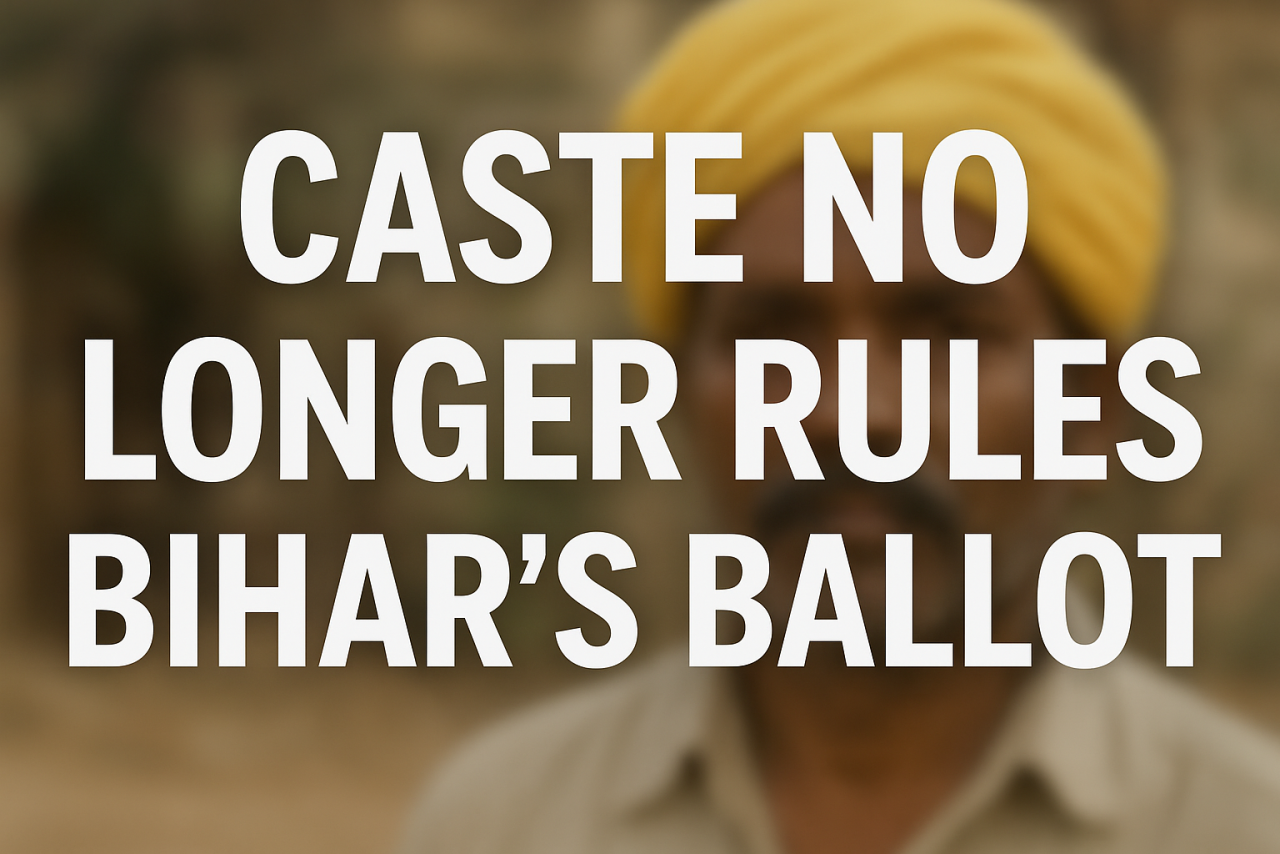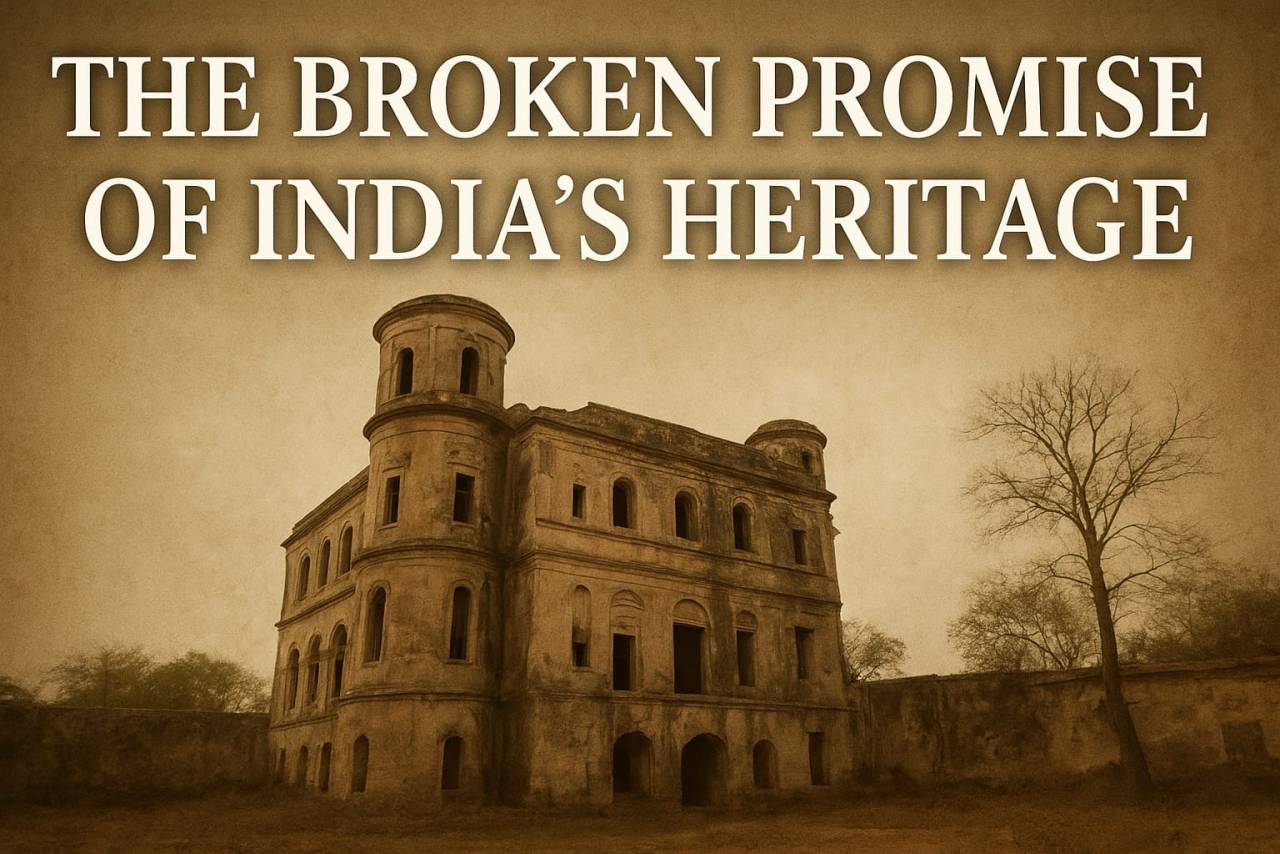
For two decades, Nitish Kumar was hailed as Sushasan Babu, a leader who resurrected Bihar from the debris of 'jungle raj'. But today, the colours of his governance have faded into something darker — a return to lawlessness where bullets fly in hospitals and fear shadows public life. The recent broad daylight killing inside Patna’s Paras Hospital is not just a chilling crime; it is a symbolic fall, the final shedding of the 'good governance' leaf he once proudly wore.
From Reform to Relapse: The Tale of Nitish Kumar’s Two Political Selves
When Nitish Kumar came to power in 2005, Bihar was a broken state, with potholes for roads, darkness instead of electricity, and musclemen more powerful than ministers. Nitish changed that. Roads improved, school uniforms were distributed, welfare schemes were launched, and most importantly, rule of law seemed to return.
But something changed. Over time, the Chief Minister who once prided himself on administrative discipline began compromising, first for power, then for political survival. His frequent alliances and re-alliances, from BJP to RJD and back, mirrored the confusion and chaos that slowly gripped his governance model.
The Paras Hospital Killing: Bihar’s Broken Backbone
On July 17, 2025, a group of armed men barged into Paras Hospital in Patna and shot dead a suspected criminal, Chandan Mishra, in full public view. The attackers escaped unharmed. The act wasn’t just a murder; it was a public declaration that in Bihar, no place is sacred, not even hospitals.
For a state once praised for its law-and-order revival, this is a collapse. The fact that such an attack could take place in a high security, high profile medical facility shows how deeply emboldened criminal elements have become. If a hospital isn’t safe, what hope does a common citizen have walking home after dusk?
Cracks in the Pillars of Governance
Nitish’s legacy was built on four pillars: women empowerment, education, infrastructure, and law and order. While the first two still get lip service through reservation policies and schemes, the latter two are visibly decaying.
Law and Order: The National Crime Records Bureau (NCRB) has shown a consistent rise in violent crimes, especially crimes against women and murder cases. Police morale has dropped, and political interference has risen.
Infrastructure: Roads that were once Nitish’s bragging right now wear potholes. Urban projects are delayed, rural electrification has slowed, and the smart city promises remain mostly on paper.
Nitish seems more focused on managing coalitions than managing departments. Administrative control, once his biggest strength, now lies scattered across fractured leadership.
A Political Chameleon: From Visionary to Survivor
In politics, changing colours is often obvious. But Nitish Kumar didn’t just change his shade, he changed his substance. The man who once spoke against dynastic politics embraced Lalu Prasad Yadav’s party. The man who once stood firm on prohibition of liquor allowed it to turn into a black-market farce. His political decisions began to reflect desperation, not direction.
His return to NDA in 2024 was viewed as a final admission that his relevance now lies in being a useful number in Bihar politics, not a visionary statesman of the state.
Public Perception: From Trust to Tiredness
There was a time when Biharis, across caste and class, trusted Nitish Kumar. Today, that trust has withered into fatigue. Youngsters leave Bihar not just for jobs but for peace of mind. Businessmen hesitate to invest. Doctors speak of increasing fear in private hospitals. Civil servants are unsure of how long their honest efforts will be backed.
The people no longer fear the return of jungle raj. They believe it’s already here, only wearing a different name.
What the Fall Teaches Us
Nitish Kumar’s 20-year journey is a cautionary tale. It shows how a reputation, however strong, can crumble without consistency. That a leader, no matter how visionary in his early years, must evolve with integrity. And most of all, that governance is not a slogan. It is a daily practice, visible in how safe a woman feels at night, how efficiently a hospital operates, and how fearlessly a citizen can call the police.
Final Take: The Colour Has Changed. So Has the Faith
The leaves of Nitish Kumar’s leadership have indeed changed colour, from hopeful green to a dry yellow, disappointing shade. And as with all such leaves, the fall is inevitable. The tragedy isn’t just that Bihar has returned to lawlessness. It is that its one-time redeemer stood silently as it happened.
His silence, in the wake of events like the Paras Hospital killing, speaks louder than any speech. Bihar watches, not in hope, but in disappointment.





















